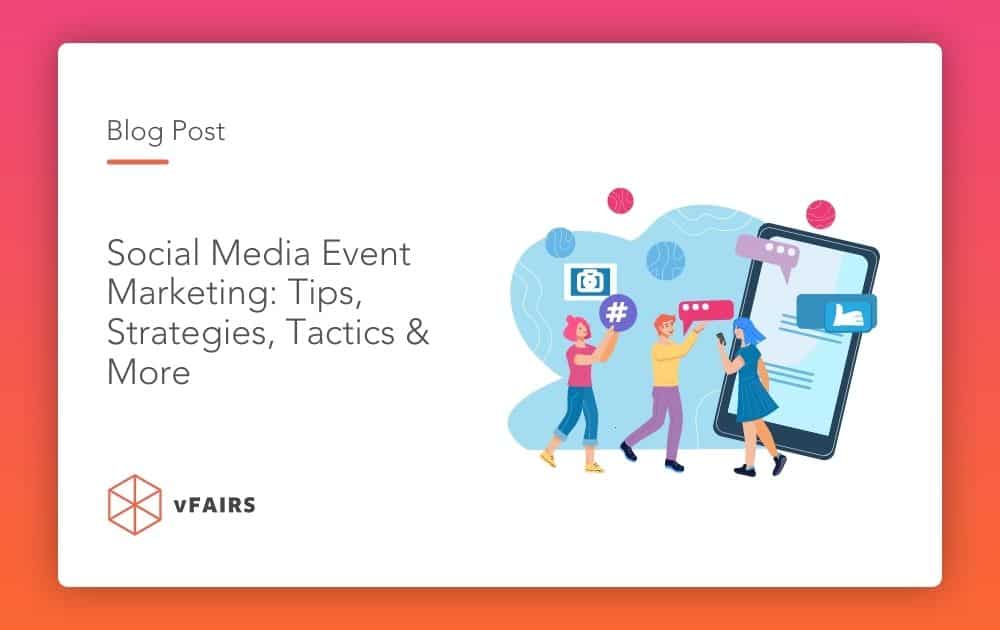Whether you are hosting an in-person, virtual, or hybrid event, the right social event marketing strategy is crucial for events’ success today.
Social media event marketing campaigns require strategy, time, creativity, and effort to generate valuable results. This is especially true when social media has become a fast-paced space where attention is fleeting, and event marketers must capture audience attention in seconds.
Social Media Event Marketing Strategy: Kickoff the Right Way
Contrary to popular belief, social media event marketing does not start with creating a video with the intent to make it viral. Instead, a successful event marketing campaign begins with the right strategy.
Social media event marketing strategy involves identifying the target audience. Different social media channels have different sets of audiences and different audience expectations.
However, when creating the right promotional plan for your event, you must understand where your target audience is present. The right way to segment your audience for a successful strategy is by understanding your event goals.
So, let’s say your event goal is to introduce a new product to existing customers. Your target audience will be loyal customers who have connected to your brand for extended periods. Further in this article, we will dive into how different social media platforms work, audiences’ expectations, and more.
Finding the Right Social Channel for Social Media Event Marketing
Next step: You have found your target audience based on your event goals, but now what?
Now it is time to find the right social media platform where your target audience is present.
However, in some parts of your event promotion strategy, you can skip the hard work by researching smartly. Instead of creating a marketing campaign for all social media platforms, find the channel with most of your target audience.
For instance, the madly popular social media platform; TikTok uses an algorithm that naturally gets users more reach and views than any other social media platform. Putting up special promotions on TikTok can bring an audience to your event.
We have done our research on different social media platforms for you, have a look at the following:
TikTok: 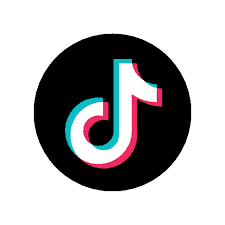 TikTok is the most popular social media platform, with over 834 million users worldwide. However, it might have a different audience than you want to target. TikTok has users of varying age groups, but most of TikTok users are from Generation Z and millennials. Therefore, if your event goal is to attract a young audience between the ages of 18-34 then TikTok is your place.
TikTok is the most popular social media platform, with over 834 million users worldwide. However, it might have a different audience than you want to target. TikTok has users of varying age groups, but most of TikTok users are from Generation Z and millennials. Therefore, if your event goal is to attract a young audience between the ages of 18-34 then TikTok is your place.
LinkedIn:  On the other hand, LinkedIn caters to B2B organizations and would work great for your social media event marketing. Up to 60 percent of LinkedIn users are between the ages of 25 and 34, which is why LinkedIn suits event marketers looking for a millennial audience.
On the other hand, LinkedIn caters to B2B organizations and would work great for your social media event marketing. Up to 60 percent of LinkedIn users are between the ages of 25 and 34, which is why LinkedIn suits event marketers looking for a millennial audience.
Fortunately, one of the best event marketing platforms, vFairs, offers integration with LinkedIn. vFairs provides an exceptional tool to market your event. The new community builder integration helps ensure your registrants turn into attendees.
The vFairs LinkedIn community builder lets your event attendees, who have registered for the event via the vFairs platform, join your LinkedIn Event Page. This way, your attendees can view other attendees’ profiles and share their networks.
Instagram: 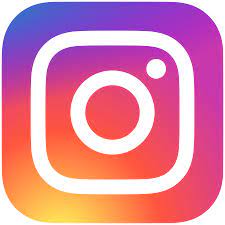 The platform best captures your audience with striking visuals and imagery. However, for Instagram, you have to be hands-on with creating compelling imagery that catches an audience’s attention as they scroll down their feed.
The platform best captures your audience with striking visuals and imagery. However, for Instagram, you have to be hands-on with creating compelling imagery that catches an audience’s attention as they scroll down their feed.
Moreover, you want to leverage influencer marketing for your social media event marketing campaign. In that case, Instagram can do wonders for you. The influencers you are trying to reach out might feel more comfortable promoting your event on Instagram, as getting the audience’s attention with a story or reel on the platform is more manageable.
Facebook:
 Fairly popular among a large audience, Facebook is a must to have on our list. People with the same interests are active on the platform-provided community pages, especially consumers and businesses. With the right event marketing strategy, you can build a community on Facebook.
Fairly popular among a large audience, Facebook is a must to have on our list. People with the same interests are active on the platform-provided community pages, especially consumers and businesses. With the right event marketing strategy, you can build a community on Facebook.
Creating an event page becomes easier to expose your event to a large audience on Facebook. The Facebook event page keeps registrants of your event connected with the details. It builds a community that can later keep in touch post-event.
Twitter:
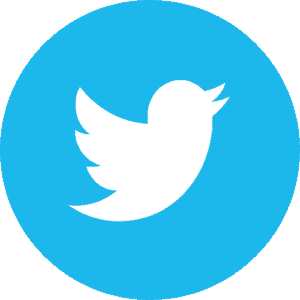 Common content formats that you’ll come across on Twitter include one-liners, threads and AMAs (ask me anything). Twitter supports small discussions. The best way to spread word using Twitter is getting the community involved. So you can connect with Twitter influencers and ask them to start a conversation or even do an AMA.
Common content formats that you’ll come across on Twitter include one-liners, threads and AMAs (ask me anything). Twitter supports small discussions. The best way to spread word using Twitter is getting the community involved. So you can connect with Twitter influencers and ask them to start a conversation or even do an AMA.
Sum up: When choosing the right platform to market your event, it is essential to keep the following questions in mind:
- Do the people and conversations on the platform align with your target audience?
- Do your potential attendees actively use the platform?
- Does the content you posted about your event align with the platform and its policies?
The answer to the above questions will help you choose the right platform for your particular media event marketing strategy.
Things to do next: Once familiar with the platform, it is time to implement your event marketing strategy.
Pre-event Tactics
Influencer Marketing
To find the right influencers for your event marketing campaign, it is essential to understand what an influencer is.
An influencer is an expert, leader, or celebrity personality on social media platforms who can influence others in their niche. Typically, a social media influencer has a community of followers who rely on their advice, recommendation, and guidance.
These days, social media is filled with influencers. Some people are called nano influencers; their follower count ranges from 1000 to 10,000. Then we have micro-influencers with a follow count within 10,000 – 100,000. And lastly comes macro-influencers with followers ranging from 100 thousand to 1 million or more.
For more information on influencer marketing watch this:
Partnering with influencers within your industry helps you promote the event to relevant audiences. Industry influencers will help expose your brand and event to a larger audience.
However, when selecting influencers for event marketing, it is essential to remember industry reality. The truth is that a big influencer will less likely interact with their audience and hence might not benefit event marketers with a desirable registration turnout. On the other hand, micro-influencers are not only less expensive, but they create a genuine bond with their audience. The audience trusts their recommendations. Micro-influencers can help event marketers grab more event registrations with influencer marketing.
To make sure your social media event marketing campaign is set for success, here are the following things you need to do for successful influencer marketing:
- Reach out to more than ten influencers, depending on your event size and budget.
- Ensure the influencer has followers with similar interests and behaviors to your target event segments.
- Make sure the influencer shares the same brand values and characteristics.
- Set specific goals for your influencer to achieve. Goals include increasing registration count, event visibility, site traffic, and more.
Paid Promotion: Be Relevant & Timely with Posting
Paid social media ads can do wonders for your social media event marketing. It is because paid social promotions help you laser-target the people interested in your event.
Paid social promotion lets you target an audience segment for your event by defining their demographics, interests, and preferences.
Apart from the paid social promotion, the following are some more options
Create Social Tiles
You can also create some social tiles, which you can edit and post once the event details are in. For instance, you can create a template to announce your event’s speakers. When each event speaker confirms their availability, you can edit the template and post it on social media platforms to keep the audience hooked with your event.
Post Timely
You have to keep posting about your event time and keep your updates relevant so that people who have registered for it are more interested in and attend it.
You can also utilize ChatGPT to create social updates to promote your event on LinkedIn, Twitter, and Facebook. Luckily, with vFair’s new integration with ChatGPT, you can create posts that include information about your upcoming events, such as date and venue: keynote speakers, and more. With the help of ChatGPT, you can set up messaging for the tone of your event promotions on social platforms.
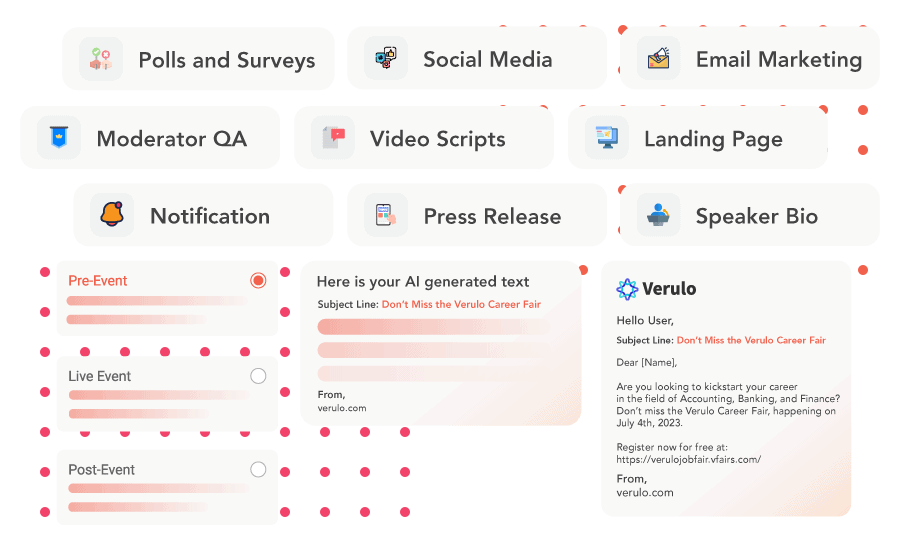
vFairs integration with ChatGPT helps event planners create posts focusing on event components such as workshops, presentations, networking opportunities, and more; your posts can ignite more interest in your registrants to attend your event.
Create and Post Memes
Keeping memes out of the conversation is impossible when discussing social media event marketing strategy. Memes have now become an internet language. People all over intend to use memes to promote their upcoming events, create a buzz around social media about the event, and much more.

Luckily, you do not have to do all the hard work of creating a meme from scratch. Supermeme.ai is an artificial intelligence meme generator that helps you produce memes quickly. With the help of meme generation, you can create and post memes before your event to create some buzz around your event on social media. Also, memes have a lot more shareability. Therefore, turning your event content into memes will make your attendees share your post with others and increase your event’s visibility.
Mid-event Tactics
Leverage hashtags
Hashtags are often missed opportunities to connect social media users to your events. Hashtags are simple but can help promote your upcoming event to a broader audience.
With the right strategy, hashtags can help you with event marketing, collecting data on social analytics, and more.
Moreover, hashtags are one of the easiest and quickest ways to use for mid-event tactics. Create a hashtag for your event before its launch. Then you can use hashtags when displaying pictures from your event venue, speakers’ sessions, and more.
People present at your event can also share their pictures and use hashtags to make your event more accessible and exposed to others on social media.
Give a Sneak Peek into a Live Event
One thing that drives the attention of social media users is uploading a sneak peek of your event on the youtube event page. People that have registered earlier for your event but have yet to attend the event can also gain interest in joining.
Other than this, if your event goal is to introduce a new product to your audience, publishing short product demos or introductory videos can also excite your social media viewers.
Live Stream Events
Social media platforms like Facebook allow you to live-stream events. Live event videos, images, and streaming can expose your event to a larger audience online.
You can start posting events happening, highlight reels, backstage pictures, and more to keep your online attendees hooked up with the event.
You can also interview attendees and post short clips on your Instagram stores or your Facebook Event Page feed.
Post-event Tactics
Engage Attendees & Build Community
The effort and time you have put into pre-event and mid-event marketing should be used wisely. With the right post-social media event marketing strategy, you repurpose the content for good.
One way to use post-event content is by building a community where attendees can engage. Communities on social media help attendees connect, network, exchange contacts, and more, even when the event is over. With the right social media event marketing tips you can increase engagement at your event in no time.
Create Sound Bites
Posting sound bites of critical takeaways from speaker sessions at your event is also a genius way for post-event marketing. Some people registered for your event might miss the venue. In such cases, sound bites from speaker sessions help them catch vital information during the event.
Moreover, sound bites help create interest among social media audiences for your next event. Sound bites are also shareable, giving your event catch more exposure and bringing leads for your next event.
Create Sizzle Reels
You can create sizzling reels with your current content to kick off your next social media event marketing campaign.
Your current content can help you in creating buzz around your next event. People who have yet to participate can join your next event after seeing event highlights on your reels.
Post User-generated Content
Nothing attracts a potential event attendee more than another attendee’s experience. It would help if you put efforts into creating social titles, sound bites, and all other social media event marketing tactics, but that user-generated content can do for you. No other element can.
User-generated content is a great way to gain the trust of potential event attendees. You can encourage your event attendees to post about their experience on social media with the event hashtag so that it is easier for you to share on your event page and also convenient for others to explore more about the event.
Moreover, one way to grab more user-generated content is by sending giveaways, merch, or souvenirs from your event to the attendees and asking them to post about it on social media.
One good example of user-generated content and its ability to gain audience trust comes from vFair’s Eventeer Awards. At vFairs Eventeer Awards, winners later posted pictures with trophies which made the event gain more exposure on social media platforms.
Moreover, user generated content can help you gain clients in return. Check out tips for gaining clients through social media for more information!
Start Social Event Marketing Today for Your Next Event
Organizing and marketing your event can be daunting. However, with our tips in the article above and the event marketing guide, we are optimistic that your next event will kick off well.


